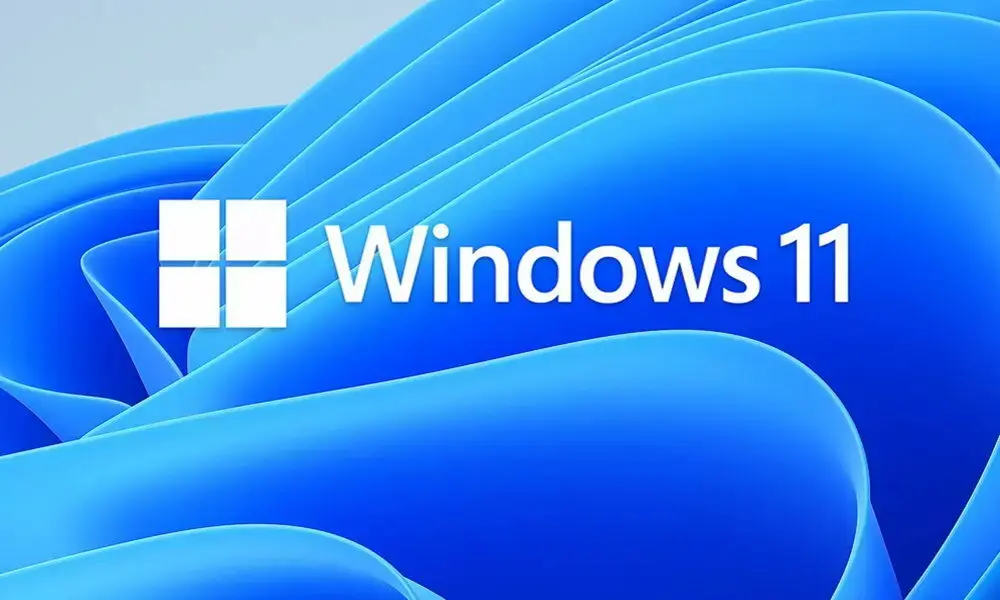How To Fix Data Corruption Encryption Bug In Windows 11?
- 09 Aug, 2022

In the latest versions of Windows, Microsoft has acknowledged a fault with encryption acceleration, which might lead to data damage. Windows 11 & Windows Server 2022 users who have already experienced data loss due to this problem are advised to upgrade their systems with the June 2022 updated software to “avoid additional harm.” Read this to know How To Fix Data Corruption Encryption Bug In Windows 11.
Those affected by the issues can only be found using PCs and servers that implement the Vector Strong Encryption Standard (VAES) instructions. AES-XTS and AES-GCM instructions are “on new hardware” on the vulnerable devices, according to Microsoft. Some 10th version Core CPUs and laptops, along with all of the 11th and 12th generation Core CPUs, offer VAES instructions, which are part of the AVX-512 instruction set. In the autumn, AMD’s Zen 4 architecture will also enable VAES, but fixes will have plenty of time to spread by then.
The issue was triggered by Microsoft adding “new code routes” to SymCrypt, Windows’ cryptographic function library, to handle the modified encryption instructions. In the original features of Version 11 for Windows Server 2022, these software paths were introduced. Therefore the bug should not impact previous versions such as Windows 10 and Windows Server 2019.
The first workaround for the bug, offered in Microsoft’s June 2022 security patch pack, was to stop encryption acceleration on certain CPUs completely. Installing the July 2022 security patches should return performance to its prior level when using Bitlocker-encrypted drives or the Transport Level Security (TLS) protocol, as well as while accessing encrypted storage on servers.
Is BitLocker installed on my computer?
BitLocker is only included in Windows 10 & Windows 11 Pro editions, according to Microsoft. BitLocker is enabled by default if you’re logged into a Microsoft 11 Pro PC using your Microsoft account. Windows 11 Home PCs, on the other hand, may take advantage of the built-in “device encryption” of Windows. The AES-XTS functionality may or may not be used by Device Encryption.
Click the Start menu & enter “Manage BitLocker” into the search box to see whether BitLocker is installed on your PC. If your computer is capable of it, then so be it. A Control Panel will be sent to you if BitLocker is activated so that you may make changes to your security settings. Windows will not return the programme if you don’t. Make a copy of your Login details key for safekeeping. Whenever you sign in to your Windows pc, this information is saved automatically and may be accessed online at any time.
If you don’t have BitLocker installed on your PC, you may still be able to encrypt your device. Go to the Options menu, then Updates & Security > Devices Encryption, then click on Encrypt Device. Switches to enable or disable encryption may be found on computers that can be encrypted. I hope you like reading on How To Fix Data Corruption Encryption Bug In Windows 11.


